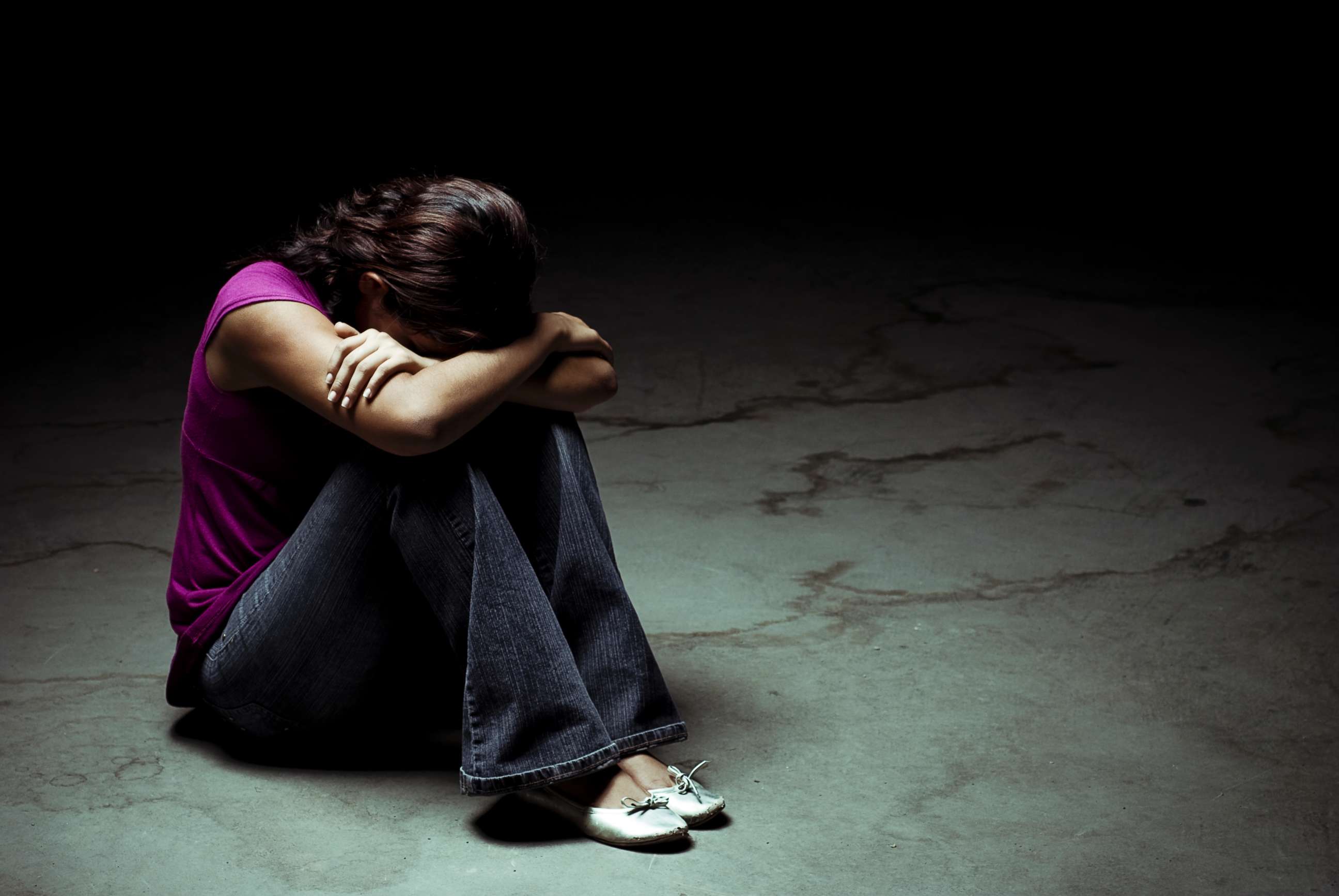American teens are less into sex and drugs but still gaining more weight: Study
Fewer teens are having sex or using drugs, according to a new study.
A newly released study of about 15,000 high school students has found that fewer are having sex and fewer are using drugs.
The National Youth Risk Behavior Survey, a study of students across 21 urban school districts covering 39 states, was conducted from 2007-2017.
The number of teens engaging in sexual behavior declined to 39.5 percent from 47.8 percent, but those who did have intercourse were less likely to use a condom -- that rate fell to 53.8 percent from 61.5 percent -- which may concern some parents because half of all new sexually transmitted disease infections occur in 15-to-24-year-olds.
Teens identifying as sexual minorities -- including homosexual, bisexual or non-binary -- rose to 14.6 percent. This group typically experiences higher rates of substance abuse and is at greater risk of suicide or abuse from peers.
The use of cocaine, heroin, methamphetamines, inhalants, hallucinogens or ecstasy declined to 14 percent from 22.6 percent, but 14 percent of the students studied reported misusing prescription opioids.
"We were surprised to see that 14 percent of high school students reported having misused prescription opioids," Dr. Kathleen Ethier, director of the Center for Disease Control and Prevention Division of Adolescent and School Health, told ABC News. "Prescription opioid misuse can lead to overdose and increased risk for HIV. This is the first year we've had national YRBS data specific to the misuse of prescription opioids, and I think most people will agree that 1 in 7 high school students reporting this behavior in the midst of a national opioid crisis is particularly concerning."
In 2015, the National Vital Statistics System reported that the total number of drug-overdose deaths among teens was 772, with most linked to opioids.
Fewer teens are carrying weapons around. The number who reported carrying a gun, knife or club in the prior 30 days fell to 15.7 percent from 26.1 percent in 1991. But 3.8 percent still said they carried a weapon onto school property in the previous 30 days.
In 2016, NVSS reported that for students aged 10-19, firearms accounted for 87 percent of all homicides and 43 percent of all suicides.

The CDC in 2016 reported that suicide had become the second-leading cause of death in the 10-34 age group. Among the students in the YRSB survey, more reported feelings of sadness or hopelessness over the previous 12 months, a figure that rose to 31.5 percent in 2017 from 28.5 percent in 2007.
Almost 1 in 5 said they had seriously considered suicide and about 1 in 13 had attempted suicide in the preceding 12 months.
One-third of teens in the survey said they were obese or overweight, an increase from previous years. In addition to contributing to heart disease, high blood pressure, asthma, diabetes and liver damage, being overweight can have significant effects on a teen's mental health.
Ethier told ABC News that the results of these studies are critical "to address public health issues and direct funding, help develop school-based health education and promotion programs, set goals for adolescent health and wellness, and monitor and measure long-term public health outcomes."
The report didn't include data from teens who aren't attending school, which includes many high-risk teens and dropouts. Additionally, the data may have been skewed by teens answering in a way more comfortable than honest. Students' body-mass indexes were calculated from self-reported heights and weights, meaning obesity rates likely are higher.



